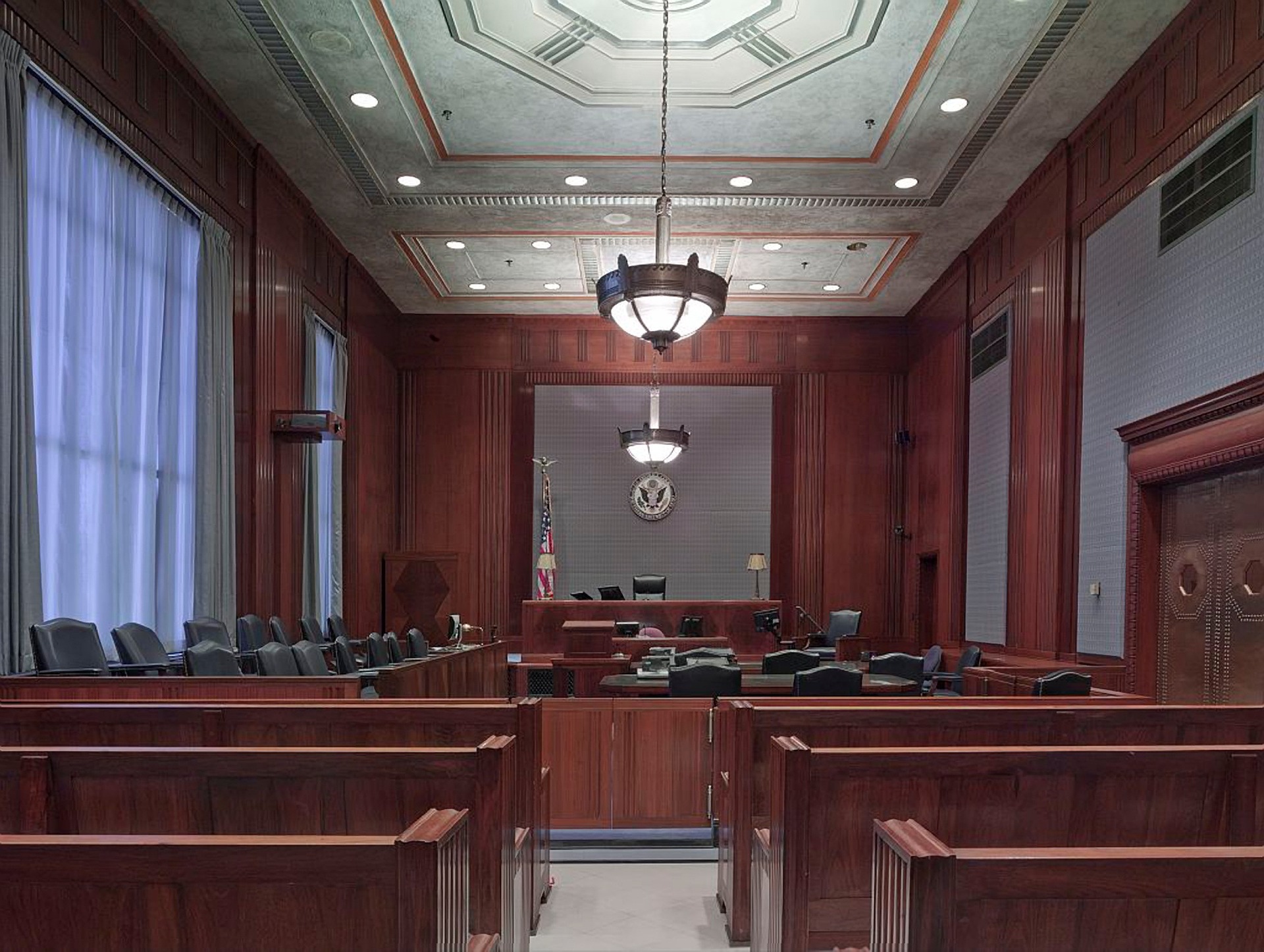Understanding the Dynamics of Presidential Pardons in the United States
Introduction: Dive into the intriguing world of Presidential pardons in the United States. This article unravels the historical context, legal developments, and current discussions surrounding this executive power, and its implications on society. Presidential pardons have been a part of the U.S. legal system since the inception of the Constitution. The power to grant reprieves and pardons for offenses against the United States is vested in the President by Article II, Section 2 of the Constitution. This power was derived from the royal prerogative of English kings and was included in the Constitution as a check against potential injustices of the judiciary.

Legal Developments Surrounding Presidential Pardons
Over the years, the Supreme Court has interpreted the presidential pardon power broadly. The landmark 1866 case Ex parte Garland confirmed that the President’s pardon power is absolute and cannot be restricted by Congress. In later rulings, the court established that pardons can be issued before, during, or after a conviction, and can cover all federal, but not state, crimes.
Current Legal Updates and Legislative Discussions
The Presidential pardon power has seen renewed attention in recent years, particularly during the transition between administrations. Legal scholars have proposed various reforms, such as a limit on pardons issued in the final days of an administration or a ban on self-pardons. However, any changes would require a constitutional amendment, which is a long and difficult process.
Implications and Impact on Society
Presidential pardons can have significant societal impacts. They can restore lost civil rights, such as the right to vote or own a firearm, to those who have completed their sentences. On the other hand, they can also lead to perceptions of favoritism or corruption if they are perceived as being granted for personal or political gain.
The Balance Between Power and Accountability
The debate over Presidential pardon power embodies the ongoing struggle between executive power and accountability. While the pardon serves as a tool for mercy and justice, it can also be used to evade justice. Striking a balance between these two aspects is a challenge that continues to shape the discussions around this executive prerogative.
In conclusion, understanding the dynamics of Presidential pardons in the U.S. requires a deep dive into its historical journey, legal interpretations, and societal implications. As this executive power continues to be a topic of legal and societal discourse, it remains an essential part of understanding the broader picture of the U.S. legal and governmental system.



